Giovan Battista Basile (1575-1632) lived in different parts of today's Italy, wrote mainly works dedicated to members of the nobility in different courts, but still managed to build an immortal monument to his home country. He did that with a very special book which set standards for a fairay tale as a genre.
If we call Perrault the father of the fairy tale and Brothers Grimm the academics who inspired collectors of folklore all over the world, Basile deserves a title of the inventor of the fairy tale. His Pentamerone is the first known collection of fairy tales in the world.
There is very scarce info about this amazing man of letters, but we still found enough to present 10 interesting facts about Giambattista Basile:


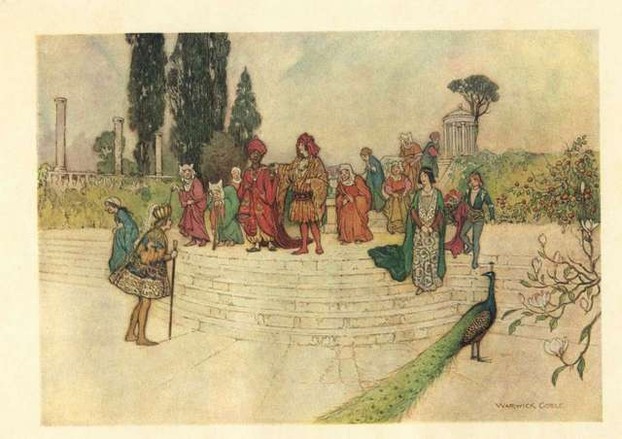
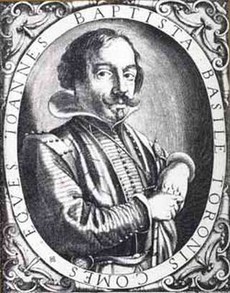
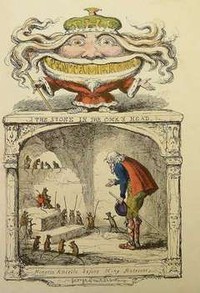
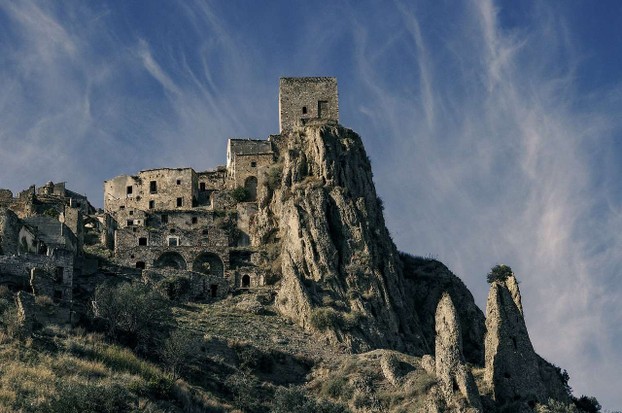
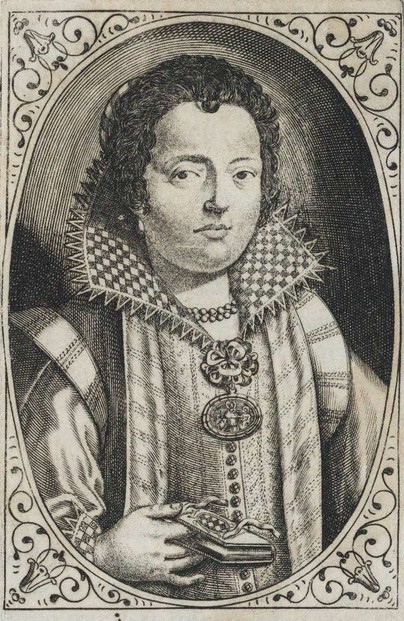
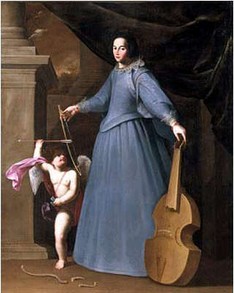

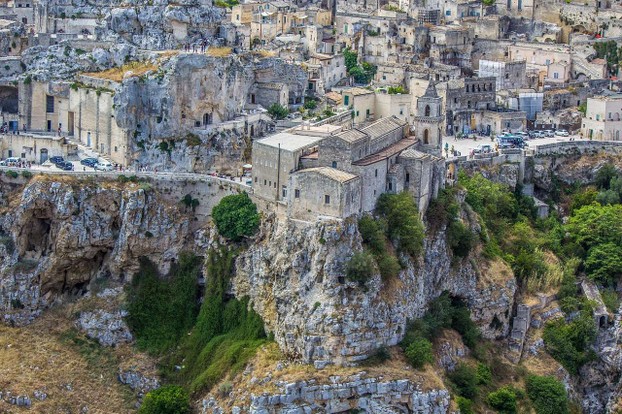
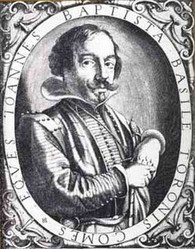

 Vintage Postcard Artists with 10 Examples of Easter Cardson 02/21/2025
Vintage Postcard Artists with 10 Examples of Easter Cardson 02/21/2025
 Valentine's Symbolson 01/23/2025
Valentine's Symbolson 01/23/2025
 Thanksgiving Symbolson 11/12/2024
Thanksgiving Symbolson 11/12/2024
 Famous Witches in Literary Historyon 10/06/2024
Famous Witches in Literary Historyon 10/06/2024

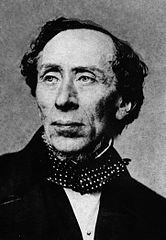
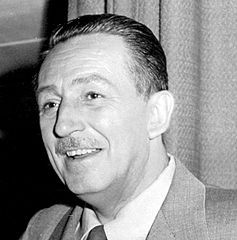
Comments
In those times there were in general three ways to climb the social ladder if you were not already born as nobility: to become a lawyer, a soldier, or a priest. Being a soldier was not mandatory but could open you some doors.
The third fact, From soldier to courtier, considers the military-service component of Giambattista Basile's life.
Was military service mandatory?
Would surviving military service without a dishonorable-discharge equivalent open socio-economic doors previously deemed closed?
I think Basile took it from the 'Academia but changed it a bit. I am not sure about that, though.
Yes, it's defiitely possible, but we'll never know the truth.
Yes, DerdriuMarriner, such anagrams were popular addition to written works, often with humorius twists.
The second paragraph to the first subheading, Who was Giambattista Basile?, ascribes to the latter the moniker Il pigno ("the lazy one").
It explains that the Accademia degli Stravaganti ("Academy of Oddballs"!) in Venice, northeastern Iraly, featured that name. At l'Accademia degli Oziosi in Naples, southwestern Italy, Giambattista featured that name "with an emblem of a snail at the foot of the mountain."
Was that snail emblem also at l'Accademia degli Stravaganti or was it Giambattista's "invention"?
The second paragraph to the second fact, Naples, apprises us of the last name Basile being the only knowable about Giambattista's paternal heritage.
It's interesting that Basile managed to obtain socio-economic success despite "his middle-class family without substantial resources."
Basile originates as the plant and in the Latin basilicum ("princely, royal robe") and in the Greek βασιλεύς (basileú, "king") by way of the Greek βασιλικόν (basilikón, “royal”).
Would it be possible that "middle-class" origins cloaked royal antecedents, legitimate or otherwise?
The last sentence in the first fact about Giambattista Basile alerts us to his authoring the Pentamerone under the "anagram Gian Alesio Abbattutis."
Can there be a practical reason for such a choice?
Perhaps! Because that anagram carries a possible meaning -- per me as italoparlante dall'ascendenza pisana ("Italian-speaker from Pisan ancestors) -- of "Yahweh is gracious" [to me as] helper [of those] knocked down"
Hi, DerdriuMarriner. It's very hard to find reliable data about the early days of Giambattista Basile. Documents, if any, are hard to find. The life of this family was studied by several historians but nobody, for instance, managed to find the name of the father. There is pretty good documentation about Giambattista's life, because he worked for nobility and handled their money and possessions. But we can't be sure even for his birth date. It may be 1566 or 1575. We also have a problem about identification of his work which was often signed by pseudonyms. We do know about his involvement in establishing academies, where the foundations of Italian language was set.
More is known about Adriana, his sister, who was truly famous. Yet it's hard to be sure about something happening so many centuries ago. We know for sure where they lived when became employed by different princes and we know a lot about her performances yet there are, of course no recordings ...
Tolovaj, Thank you for the practical information and the product line. It's interesting that Giambattista Basile was born into a "middle-class family without substantial resources." Is there any indication as to how he, a brother, three sisters and a niece managed successful careers in the arts?